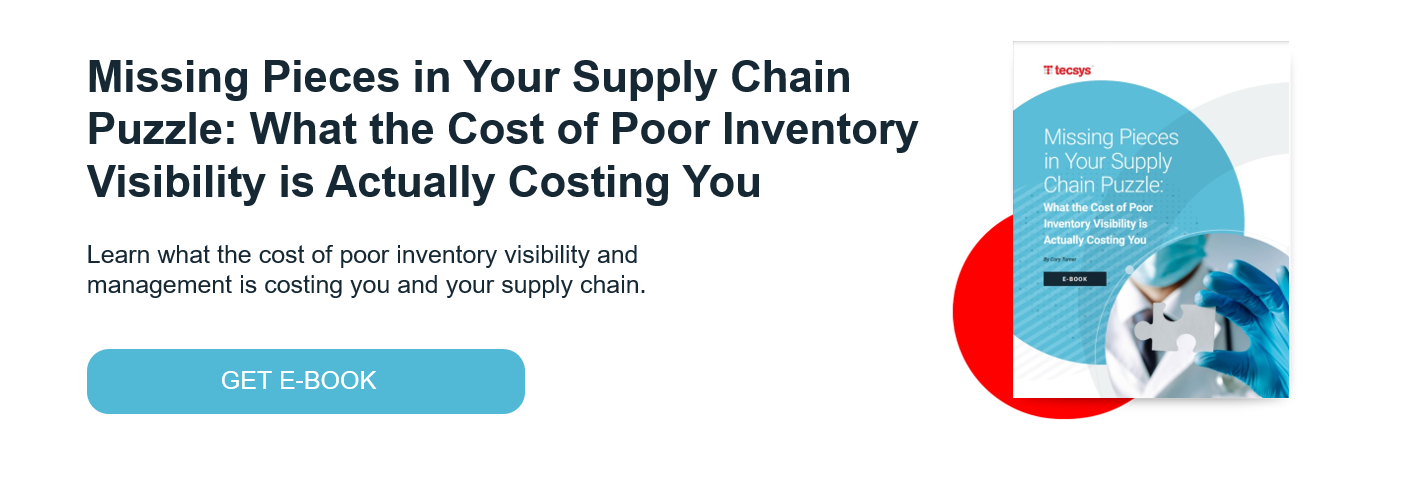Bridging Supply Chain Gaps: The Benefits of Integrating SCM with ERP

“Digital transformation” is a term that has been appearing more and more in healthcare supply chain management (SCM) discussions. There is a growing desire among healthcare leaders to access real-time data and insights on their supply inventories in an effort to maximize these resources, control costs, reduce waste and ensure availability for patient care.
While many healthcare organizations believe that an enterprise resource planning (ERP) system can serve as the hub for supply chain digitization and optimization, in reality its scope and capabilities are far too narrow.
Here is what your ERP system can and cannot do when it comes to inventory management, and why integrating SCM with ERP is the solution to closing functionality gaps.
A Brief History Lesson
About 15-20 years ago, hospitals relied primarily on their distributors and group purchasing organizations (GPO) for supply chain and inventory management. They rarely managed supplies on their own.
Therefore, when hospitals began implementing ERP systems, the developers of these systems did not include inventory management capabilities. And to this day ERP systems are really only tools for product procurement and reordering; they lack the data and the workflows to support supply receipt, tracking and management.
The world has changed over the past two decades. Supplies have grown in volume, complexity and cost. Healthcare leaders recognize the significant impact their supply chains have on clinical and financial outcomes, and they want greater control over them.
But as they seek to digitize and optimize supply chain operations, they are finding their ERP systems incapable of supporting this level of advancement and performance. As a result, integrating SCM with ERP is becoming a useful strategy in modernizing their health systems.
What Your ERP Can Do:
- Provide visibility into what products you have ordered.
- Serve as a repository for general medical/surgical supplies contained in the item master, which represent 15-20% of a hospital’s inventory value.
What Your ERP Can’t Do:
- Provide visibility into what is in your inventory.
- Provide visibility to when and where supplies are moved within your organization.
- Provide visibility into what products have been used in patient care.
- Facilitate management of high-cost items used in the perioperative space (e.g., consignment products) and pharmaceuticals, which account for 80% of a hospital’s inventory value.
- Facilitate management of products by expiry date, provide alerts to products set to expire, warn clinicians when they attempt to use expired products on patients.
- Offer analytics and reports on supply inventory status to drive informed decision-making.
How Integrating SCM with ERP Bridges the Gaps
An enterprise-wide system integrating SCM with ERP and your electronic health record (EHR) system that features automated tracking and management of supplies in all storage and use areas can serve as your central platform for supply chain digital transformation.
Essentially an SCM can do everything your ERP can’t do:
- Provide visibility to all supply inventory, including medical/surgical supplies, consignment products and pharmaceuticals.
- Track product receipt, storage and movement.
- Manage product expiry dates, alert to products soon to expire, alert clinicians to expired items at point of use (POU).
- Record when a product is used in patient care, including data required for clinical and financial workflows.
- Automate supply replenishment processes with suppliers.
- Enable you to maintain optimal inventory levels.
- Facilitate continuous, just-in-time procurement.
- Provide the data you need to perform accurate demand planning and forecasting.
By consolidating the management of all supplies within a single system that automates supply tracking from receipt through point of use, you can gain complete visibility into your inventory and control over it.




